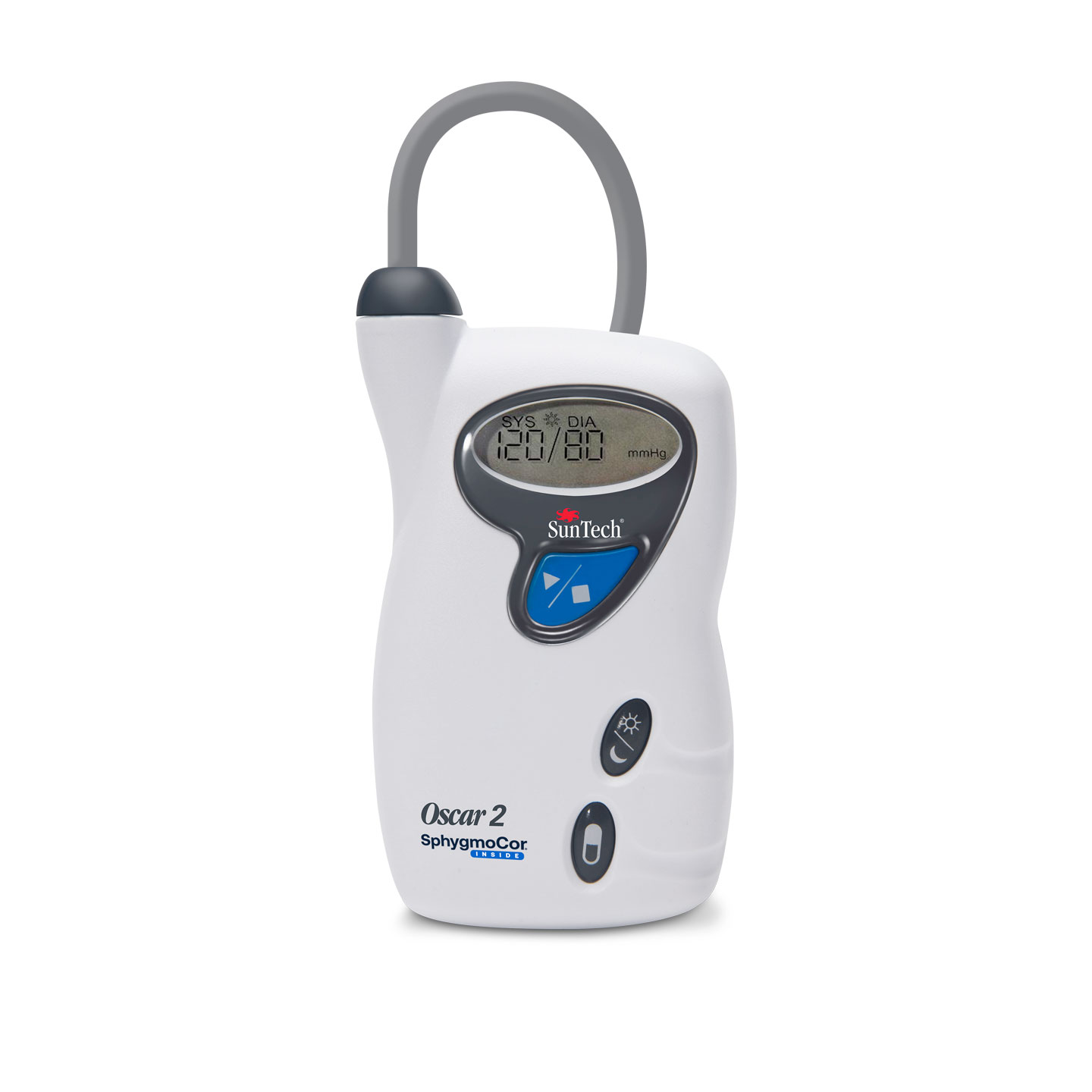Men’s Health
Refine Sexual Health Intervention Strategies
1 in 3
Men experience erectile dysfunction, the most common sexual dysfunction in men, and the prevalence increases with age.1
Impact of Arterial Stiffness on Sexual Wellbeing

Arterial Stiffness and Men's Health
As arteries lose their elasticity due to aging and cardiovascular risk factors like hypertension and diabetes, they become less responsive to changes in blood pressure, hindering the ability to achieve and sustain arousal and erections in men. Conditions like atherosclerosis can exacerbate this effect by narrowing or blocking arteries. Conversely, sexual activity can positively affect vascular health, creating a complex interplay between arterial stiffness and sexual function.
Vascular Insights for Sexual Wellness

Utility of Vascular Biomarkers in Sexual Health
Vascular Biomarkers Explained
Incorporate Vascular Biomarkers in the Management of Men's Health

In-Clinic
- Assess cardiovascular risk factors that may impact sexual function, such as reduced blood flow due to arterial stiffness or endothelial dysfunction.
- Develop personalized interventions to address identified vascular issues and optimize sexual health.
- Reimbursable with CPT 93050.

At Home
- Empower patients to actively manage their health by tracking changes in their biomarkers.
- Integration with telemedicine to maintains an ongoing patient-provider interaction and enhances personalized care.
- Reimbursable with CPT 9945x & 99091.

SphygmoCor® XCEL
Capture comprehensive central hemodynamics and arterial stiffness insights at point-of-care and in clinical trials.

CONNEQT Pulse
Monitor arterial health insights with ease at home and on-the-go.

Oscar 2
Gold standard in 24-hour central hemodynamics and ambulatory blood pressure monitoring (ABPM).

